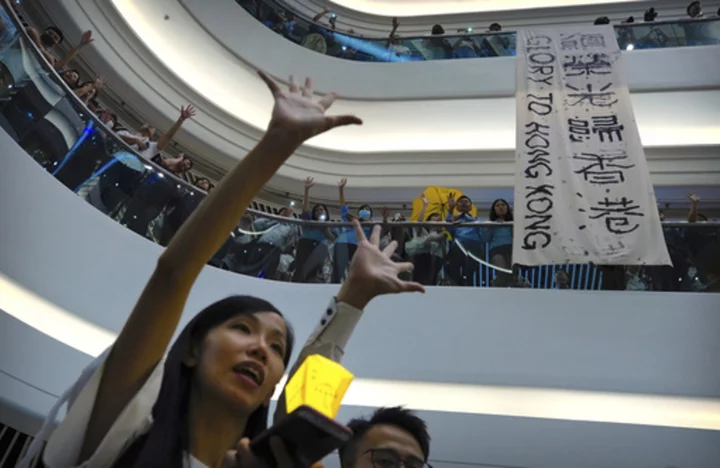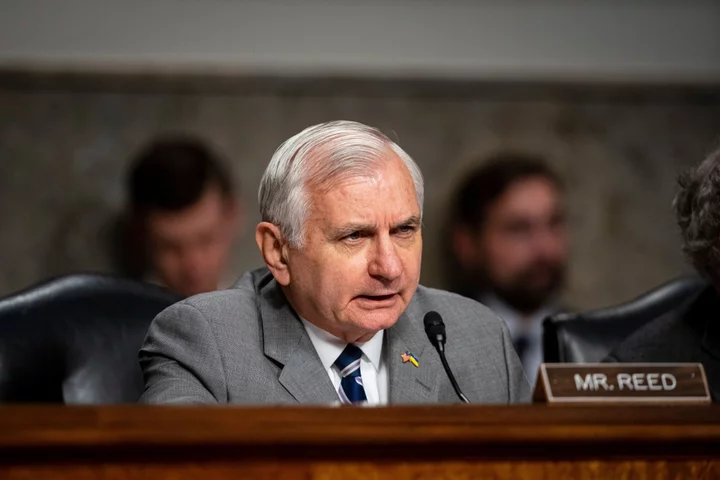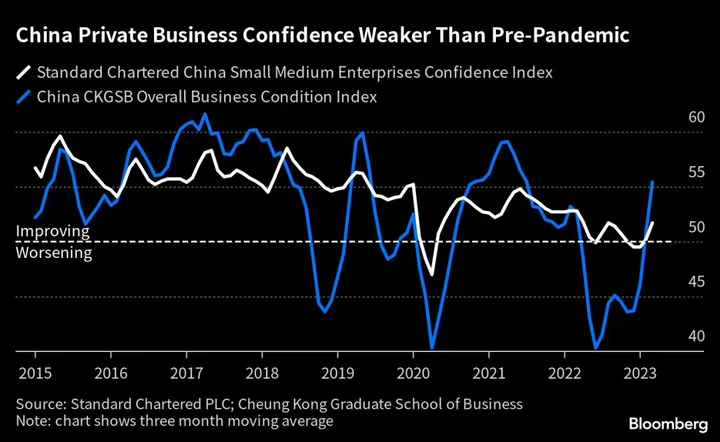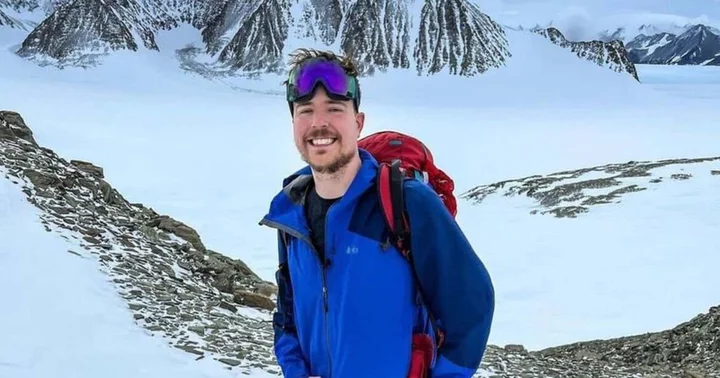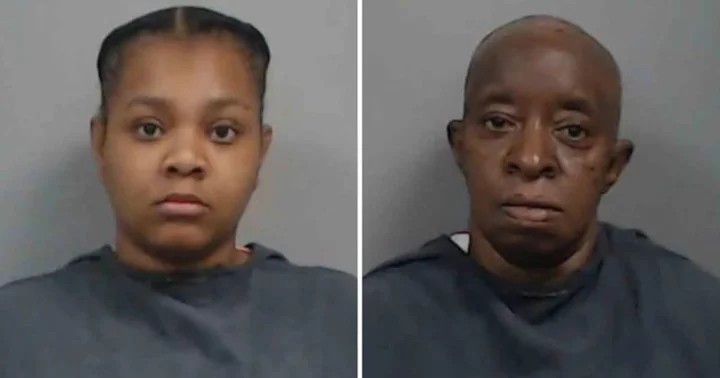As gale-force winds rushed down the slopes of Maui's Mauna Kahālāwai mountains early Tuesday morning, Shane Treu stood outside his home with a garden hose -- one of the first people in Lahaina to fight what would become America's deadliest wildfire in more than a century.
A power line on his street had been knocked down amid howling winds, Treu said in a Facebook Live video, which showed flames in the grassland across the street and thick smoke obscuring his sweeping ocean view.
"Sorry guys, I don't care if I'm wasting water," Treu said, as he aimed his hose toward the blaze. "Right now, I gotta save my house."
The fire near Treu's home led to the first 911 calls about wildfires in the Lahaina area. The county fire department declared in a Facebook post that the blaze was "100% contained" shortly before 9 a.m. on August 8.
But that sense of accomplishment turned out to be tragically premature. By the afternoon, the flames in the hills above Lahaina had flared up once again — and a deadly combination of months-long drought, extreme winds and nonnative grasses that acted like kindling fanned the sparks into a massive inferno.
While the cause of the fire has not been determined, observers have pointed to downed power lines, sputtering fire hydrants, and emergency alarms that sat silent as factors that hampered the response to the deadly blaze.
Now, amid the charred remnants of the disaster, residents and government officials are asking how the fire could have killed at least 99 people and sent others fleeing into the ocean -- despite years of warnings that wildfires posed a serious threat to the island.
A flurry of finger-pointing has already prompted a class-action lawsuit against the state's largest power company and a review by the attorney general into "critical decision-making and standing policies leading up to, during, and after the wildfires."
Lisa Treu, Shane's wife, said in an interview that her home -- which she and her husband have lived in for more than two decades -- escaped the worst of the devastation. But she described much of the town as looking like "a massive grave," as if "there was a war that happened."
"This is such a close-knit community in Lahaina, and everybody knows everybody," she said. "Just hearing this person is still missing, this person didn't make it -- it's just crazy."
Lawsuit alleges power lines a factor
Much of the attention in the wake of the fires has focused on power lines that fell amid the area that burned to the ground.
As the fires grew last Tuesday, they were buffeted by extreme winds caused by Hurricane Dora, which was passing hundreds of miles south of Maui. Those winds also battered power lines on the island, and dramatic videos show lines swaying and being toppled in the gusts.
Bulletins from the county reported downed power lines blocking roads around Lahaina, and some residents fleeing the area said that their escape routes were blocked.
Now, some locals are casting blame on Hawaiian Electric, the state's biggest utility, for not shutting off power to high-risk areas -- and claiming that its power lines could have sparked the deadly fire.
County and state officials have said the cause of the fire has not yet been determined. But in a lawsuit filed Saturday, a Lahaina couple argued that Hawaiian Electric and three subsidiaries, including the power utility that services Maui, were responsible for the blaze.
The company "inexcusably kept their power lines energized" during the storm, despite warnings from the National Weather Service about dangerous winds, the lawsuit stated. That caused "loss of life, serious injuries, destruction of hundreds of homes and businesses, displacement of thousands of people, and damage to many of Hawai'i's historic and cultural sites," the lawsuit alleges. The couple's attorneys are asking a judge to certify the lawsuit as a class-action suit covering everyone who lost property or was physically hurt in the Lahaina fire.
A map included in the lawsuit shows the area where fire was first reported Tuesday morning -- near where Shane Treu recorded the video of his efforts with the garden hose -- and says that a Maui Electric substation is nearby.
Jim Kelly, a spokesperson for Hawaiian Electric Company, said the company does not have a "formal power shutoff program" and that electricity powers the pumps that provide water for firefighting.
"Preemptive, short-notice power shutoffs have to be coordinated with first responders," Kelly said.
Kelly declined to comment on the lawsuit, noting that the fire's cause has yet to be determined and vowing that the company would work with local governments as they reviewed the disaster.
In California, downed power lines owned by the utility company PG&E were linked to the Camp Fire that killed 85 people in and around the town of Paradise in 2018. The company has been embroiled in litigation over the disaster for years, and agreed to $13.5 billion in settlement payments to victims of that fire and several others.
State records show that Hawaiian Electric had been working to address wildfire risk from its network in recent years -- including efforts to upgrade its power lines in the Lahaina area to prevent wind damage in the last few months.
In a July blog post written just a week before the fire, a utility employee noted crews in West Maui were working to install new upgraded power line poles that "can withstand stronger wind gusts to enforce more reliability during severe weather events."
"We're aiming to finish this upgrade project by year's end," the blog post stated.
In a funding request last year, Hawaiian Electric asked the state Public Utilities Commission to allow it to spend $189 million on climate resiliency efforts over the next five years, including to protect against wildfires and downed power lines. "The risk of a utility system causing a wildfire ignition is significant," the company's application stated, citing the PG&E situation.
The document states Hawaiian Electric had launched wildfire "prevention and mitigation" programs in 2019 and that the company planned to upgrade hardware, replace equipment and install video cameras, among other efforts, in wildfire-risk areas in coming years. But some of those efforts were only scheduled to begin in 2024, according to the document, and it's unclear how much work had been done by the utility so far.
Kelly, the utility spokesperson, did not respond to a question about how much of the wildfire-prevention efforts the company planned had been completed.
State officials were well aware of the danger posed by downed power lines during hurricanes. A 2021 state report noted that "downed power lines" and "residential and wildland fires" were hazards related to hurricanes.
A 2019 report on Maui from groups including the nonprofit Hawaii Wildfire Management Organization and the state's forestry division stated that "aboveground power lines are vulnerable to wildfire and can even provide the ignition (sparks) that could start a wildfire, particularly in windy or stormy conditions." The report recommended various steps such as creating "firebreaks" around power infrastructure and upgrading or burying power lines.
Whether or not the downed power lines caused the fire, they made evacuations treacherous and impeded first responders' efforts to fight the blazes, according to locals and officials. Maui Mayor Richard Bissen said Thursday that power lines that were "still energized" had fallen on the roads.
Lack of alarms and sputtering fire hydrants
As flames spread through Lahaina, critical systems for evacuating residents and fighting fires -- the emergency alerts network and fire hydrants -- appeared to break down, failures that are now getting more attention as residents try to figure out what went wrong.
Locals have complained about a lack of alerts and warnings in the hours leading up to the blaze. While the county posted messages on Facebook about closed roads and urged evacuations in several areas, some residents have told CNN and other media outlets that emergency sirens were never used, and that cellphone alerts reached them too late.
Cole Millington, a Lahaina resident, said he was already in his truck fleeing the "huge plume of black smoke" over the town late Tuesday afternoon by the time an emergency alert appeared on his phone.
The cell phone alert "was useless," said Millington, who owns a hot sauce company in the historic town. "We have tsunami warnings that I think should have been utilized." Many residents, he said, "felt like we had absolutely no warning."
Officials have said that the speed of the fire through town made it "nearly impossible" to issue advance evacuation orders, as Bradford Ventura, the county fire chief, put it in a Thursday press conference.
Even the state's vaunted integrated outdoor siren warning system -- the largest in the world, with about 400 alarms -- was not activated during the fires, according to Hawaii Emergency Management Agency spokesperson Adam Weintraub.
On Maui, there are 80 outdoor sirens to alert residents to tsunamis and other natural disasters. They sat silent as people fled for their lives.
"It was largely a function of how fast the flames were moving," Weintraub said, referring to the failure of emergency management officials to trigger the sirens. "They were trying to coordinate response on the ground, and they had already issued these other alert systems."
In a Saturday interview with CNN This Morning, Rep. Jill Tokuda, a Democrat from Hawaii, said the state "underestimated the lethality, the quickness of fire," and failed to plan for redundancies in its emergency alert system.
The Congresswoman said she understands residents expect actions from lawmakers, saying "we need to be there to help them as they rebuild back. It's going to take years, generations."
Meanwhile, several first responders who fought to contain the flames have also said that they struggled with fire hydrants running dry, complicating an already perilous operation.
"There was just no water in the hydrants," Keahi Ho, one of the firefighters working in Lahaina, told the New York Times. He said that he and his colleagues had repeatedly connected to different hydrants as they moved across town, battling the advancing flames, only to encounter weak water pressure that enfeebled their efforts.
Maui County Department of Water Supply Director John Stufflebean told the Times that backup generators were in use to maintain water supply. But as the fire spread, pipes started to melt and "water was leaking out of the system," he said.
Government officials in Hawaii repeatedly declined to say last week what could have been done to prevent the wildfire spread, saying that will be determined by a "comprehensive review" ordered by Hawaii Gov. Josh Green, to be conducted by Attorney General Anne Lopez.
"This is the largest natural disaster we've ever experienced," Green said at a Saturday night news conference. "It's going to also be a natural disaster that's going to take an incredible amount of time to recover from."
Maui was a tinderbox
Even before the winds from Hurricane Dora fed the flames on Maui, a dangerous combination of drought and dry grasses set the stage for the disaster by transforming the island into a tinderbox.
Like large swaths of the mainland United States, Hawaii is in the midst of a drought, with parts of Maui suffering from severe drought conditions. This has become more extreme and common across the archipelago and others like it in the Pacific, according to the US National Climate Assessment released in 2018.
People have also introduced nonnative fire-prone grasses and shrubs that now cover nearly a quarter of Hawaii's total land area.
"There are vast expanses of these non-native grasslands in Hawaii, and they are extremely flammable," said Abby Frazier, a climatologist at Clark University in Massachusetts, who has researched Hawaii. "Especially when you have severe drought conditions like we have."
Meanwhile, Dora inched toward the archipelago. Hawaiian officials had long feared the deadly combination: A wildfire fueled by hurricane-force winds.
"Fires occurring as a result of and concurrent with another major threat or disaster, such as a hurricane, are particularly challenging," a 2021 state report declared. Last week's fires caught authorities unawares, perhaps in part because the storm was hundreds of miles south of Hawaii. But Dora's winds still whipped through Maui, fanning brush fires as they went.
Hawaii is hardly unique. As climate change is exacerbating natural disasters, state officials across the country are also struggling to respond to new threats. And it's unclear how significantly additional preparedness and mitigation efforts could have reduced the destruction of a blaze with the intensity and speed of the Lahaina wildfire.
Josh Stanbro, Honolulu's former chief resilience officer, told CNN that the "double whammy" of hurricanes and wildfires creates events that "are outside of the normal paradigm, especially for emergency responders."
"This didn't happen historically," he said, noting that Lahaina stood for two centuries before the fires swept through it.


